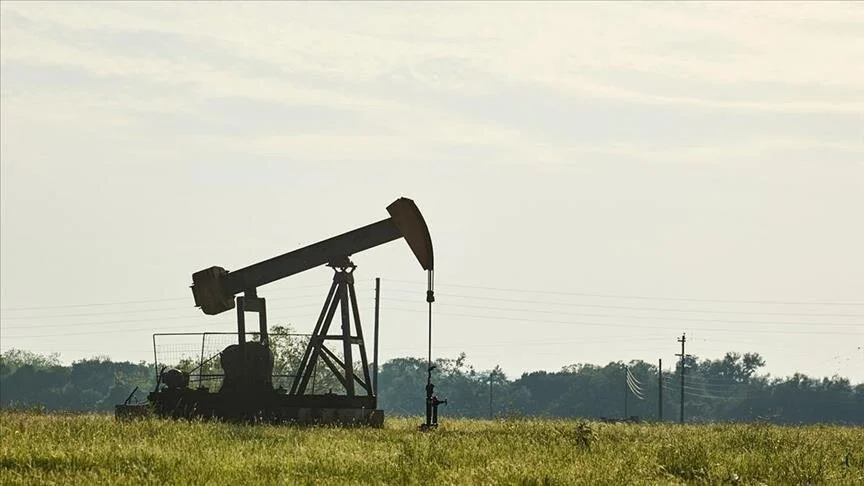

By Anadolu Agency
Oil prices increased by 12.9% in the first quarter of 2024, albeit with much volatility due to concerns that global geopolitical tensions will cause supply disruptions.
International benchmark Brent crude, which traded at $76.86 per barrel at the beginning of the year, increased by 4.6% to $80.42 per barrel in January and rose by 1.65% to $81.75 per barrel in February.
Prices tested near $87.10 per barrel in March, the highest level since November 2023, and rose by 6.16% to average $86.79 per barrel for the entire month.
For the first three months of the year, Brent gained 12.91%, while the American benchmark West Texas Intermediate (WTI) also increased by 15.87%.
According to Julien Mathonniere, an oil market economist at the US-based Energy Intelligence Group, a risk premium has returned to the oil market following the escalation in the wave of Ukrainian drone attacks on Russian refineries since March.
Given that 7%–8% of the world’s supply is made up of Russian crude and refined products, Mathonniere deduced that the drone attacks will increase the risk of shortages of these products in Russia, which will limit the country’s ability to export its products.
This in turn will see a tightening of the global refined product market, boosting prices for diesel and jet fuel.
Similarly, Russian oil refineries will be unable to process oil at full capacity in the short term but will likely ramp up production when they are able and export more crude, exceeding the production and export quotas pledged to the OPEC+ group.
Mathonniere declares that this will enrage Saudi Arabia, as compliance is key to the group’s ability to offer more supply to the market later this year.
Since sanctions forced Europe to import Russian diesel fuels through many countries rather than purchase them directly, supply issues for refined petroleum products—rather than the crude oil market—were the primary cause of the first-quarter oil price rises.
These supply risks and price increases emerged because traders feared that the drone attacks against Russia could jam crucial swapping flows, reducing the product export capacity dedicated to Europe.
– Oil prices could deflect back to $80 per barrel
Despite the drone assaults, Mathonniere said that the price of Brent is very ‘sticky’ and that the highs will fade quickly, with prices struggling to remain above $85 per barrel. Additionally, he said if more crude hits the market, the price will probably deflect back to $80 per barrel.
OPEC managed to keep global crude oil stocks relatively tight by cutting at the group’s request. February bore this out with a monthly decrease of 50 million barrels, he explained.
He surmised that the OPEC+ strategy has partly borne fruit with the withdrawal of global product inventories, helped by the ongoing refinery turnarounds in almost every region.
“Any lasting crude or product disruptions would be a blessing in disguise for OPEC because it would make it easier to revert their production cuts and bring back some of their barrels easier and maybe earlier than expected. The only problem is the longer sailings avoiding the Red Sea.”
Meanwhile, analysts at US investment bank JP Morgan predict that Brent oil prices could test $100 this year after Russia decided to cut oil production by another 471,000 barrels per day in the second quarter.
We use cookies on our website to give you a better experience, improve performance, and for analytics. For more information, please see our Cookie Policy By clicking “Accept” you agree to our use of cookies.
Read More